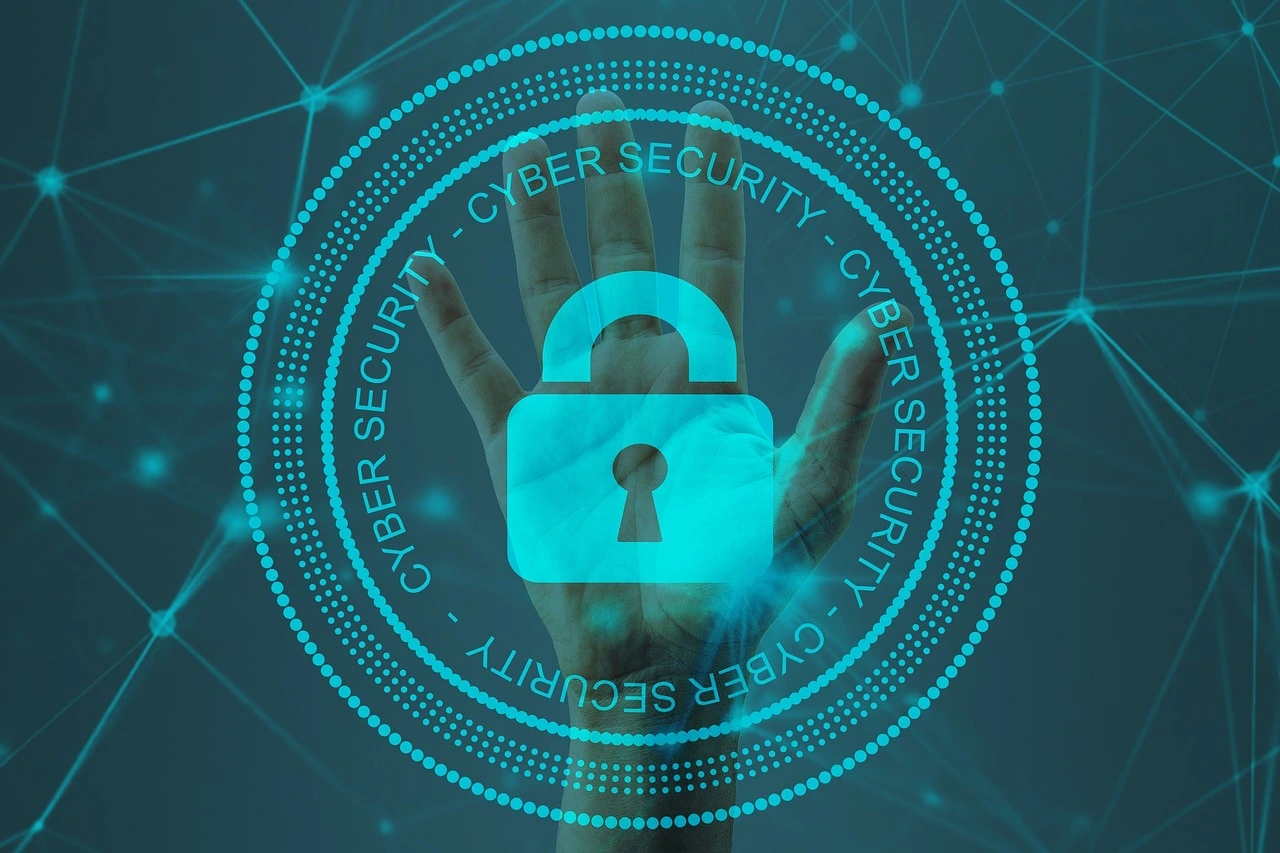Blog information
- Blog date: 2023-12-25 03:20:55
- Blog URL: www.codiasticsoft.com/Blogs
Cybersecurity hygiene
The goal of cyber hygiene is to keep sensitive data secure and strengthen the organization's ability to recover if and when a successful attack occurs. The concept works similarly to personal hygiene. Cybersecurity hygiene involves adopting good practices and habits to protect your digital assets, information, and online presence from various cyber threats. Maintaining good cybersecurity hygiene is crucial in today's digital age to protect your data and personal information from various cyber threats. Here are some daily practices you can adopt to enhance your cybersecurity:
-
Use Strong, Unique Passwords:
- Create complex passwords using a mix of uppercase and lowercase letters, numbers, and symbols. Avoid using easily guessable information like birthdays or common words. Use a unique password for each online account.
-
Enable Two-Factor Authentication (2FA):
- Enable 2FA wherever possible to add an extra layer of security. This typically involves receiving a code on your phone or email in addition to entering your password.
-
Keep Software and Operating Systems Updated:
- Regularly update your operating system, antivirus software, and all applications to patch vulnerabilities. Enable automatic updates when available.
-
Beware of Phishing Attacks:
- Be cautious of unsolicited emails, messages, or phone calls asking for personal information. Verify the authenticity of requests by contacting the organization directly through official channels.
-
Use a Secure Wi-Fi Connection:
- Set a strong password for your Wi-Fi network. Enable WPA3 encryption if available. Avoid using public Wi-Fi for sensitive transactions unless you use a virtual private network (VPN).
-
Backup Your Data:
- Regularly back up important data to an external hard drive or a secure cloud service. This helps in case of data loss due to cyberattacks, hardware failure, or other unforeseen events.
-
Secure Your Devices:
- Use device passwords or biometric authentication (fingerprint, face recognition) to protect your smartphones, tablets, and computers. Install and regularly update security software on all devices.
-
Review App Permissions:
- Regularly review the permissions granted to apps on your devices. Revoke unnecessary permissions that may compromise your privacy.
-
Monitor Financial Statements:
- Regularly review your bank and credit card statements for any unauthorized transactions. Report any suspicious activity to your financial institution immediately.
-
Educate Yourself and Stay Informed:
- Stay informed about the latest cybersecurity threats and trends. Educate yourself on safe online practices and share this knowledge with family and friends.
-
Use a Password Manager:
- Employ a password manager to securely store and manage complex passwords. This eliminates the need to remember multiple passwords and helps in creating stronger, unique passwords.
-
Regularly Check for Software Updates:
- Ensure that all software on your devices is up-to-date, including web browsers, plugins, and third-party applications. Vulnerabilities in outdated software can be exploited by attackers.
By incorporating these daily cybersecurity practices into your routine, you can significantly reduce the risk of falling victim to cyber threats and better protect your personal information. Remember that cybersecurity is an ongoing process, and staying vigilant is key to maintaining a secure digital environment.

